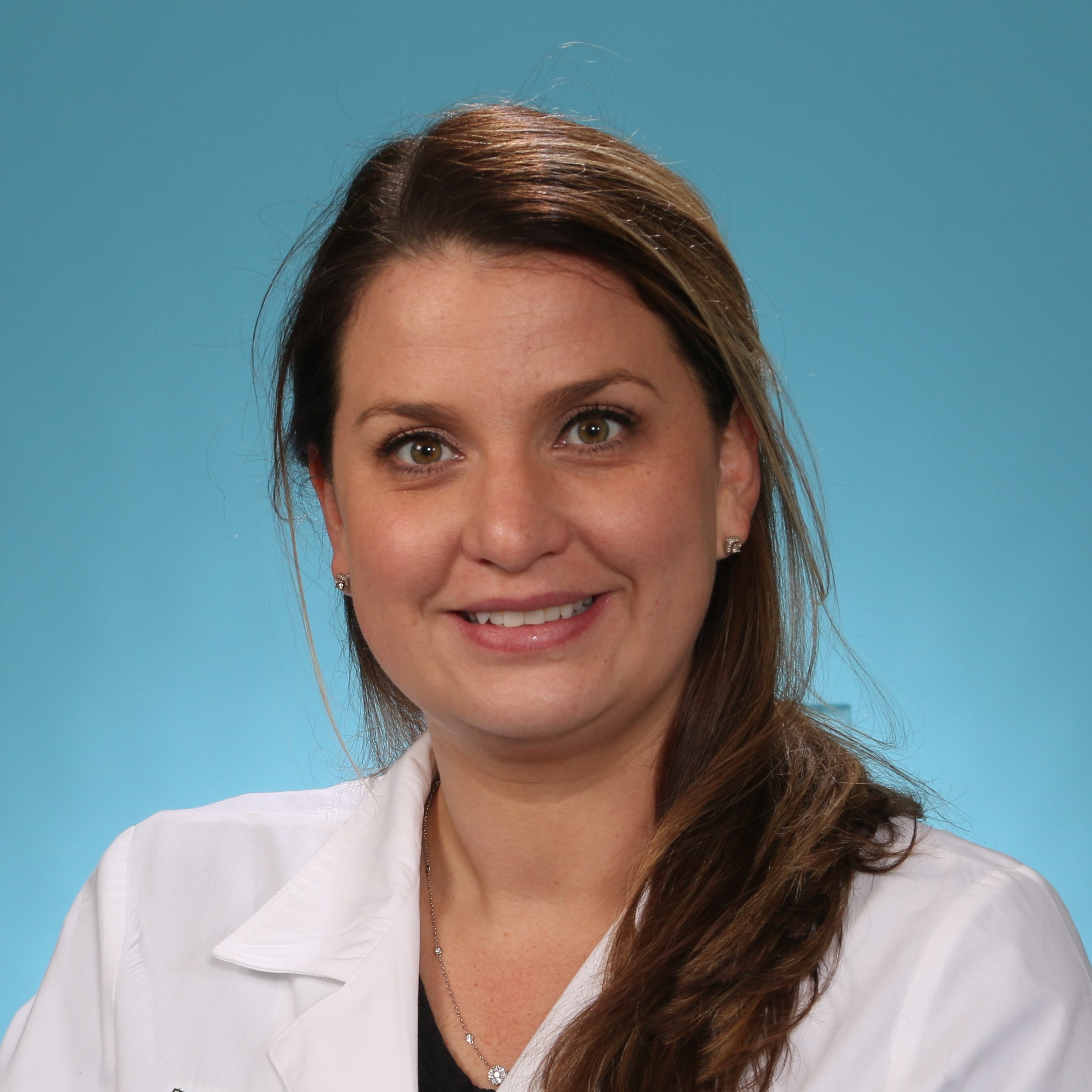Firearm Screening and Gun Lock Distribution in a Pediatric Emergency Department
Theresa Timm, MD
Lindsay Clukies, MD
Kristen Mueller, MD
Melissa An, MD
Monica Lim, MD
Fahd Ahmad, MD, MSCI
Part of session:
Lightning Round Presentations
Sunday, December 4, 2022, 10:25 AM to
11:40 AM
Background:
Firearm-related injury is the leading cause of death in children. The American Academy of Pediatrics recommends storing firearms locked and unloaded, however, of the estimated 30 million children living in households with firearms, only 44% of these firearms are stored appropriately. Efforts to improve safe storage in a pediatric Emergency Department have not been reported in the literature. This study aimed to evaluate firearm access and storage methods in patients presenting to a level 1 pediatric trauma center and analyzed changes in these parameters after education and the distribution of gun locks.
Methods:
Patients presenting to our ED were screened for access to firearms and storage techniques. Parental responses were obtained from the Electronic Medical Record over a six-month period. Those who received firearm safety education and a gun lock were consented to complete a post-intervention survey. Qualitative data were presented as frequencies with percentages. Pearson’s Chi-Square test or Fisher’s exact test were performed to assess differences of responses between pre and post-tests.
Results:
Of the 22,239 patients seen in our pediatric ED, 11,771 parents were screened with the firearm-focused survey. 17.5% of participants reported access to a firearm, 14% reported safe storage methods (gun locked and unloaded) and 578 individuals requested a gun lock. Among the 269 consenting participants, 66.2% reported using the gun lock. When comparing pre and post survey responses, access to firearms increased from 74% to 86.6% (p<0.0001), the use of multiple storage methods (i.e. gun safe and lock) increased from 9.7% to 52%, and those who did not store their firearm decreased from 11.1% to 3.4%. Finally, individuals storing a gun unloaded increased from 62.1% to 70.3% (p=0.0289).
Conclusions:
Our program allowed for the distribution and usage of free gun locks to families in a pediatric ED, while demonstrating some improvements in safe-storage methods.
Objectives:
Attendees of this session will be able to indentify
- Sociodemographic characteristics, firearm access and gun storage practices of parents of children presenting to our pediatric emergency room.
- Changes in firearm access and gun storage practices of parents who receive a gun lock
- Usage of the distributed gun lock and opinions of the gun lock program.

